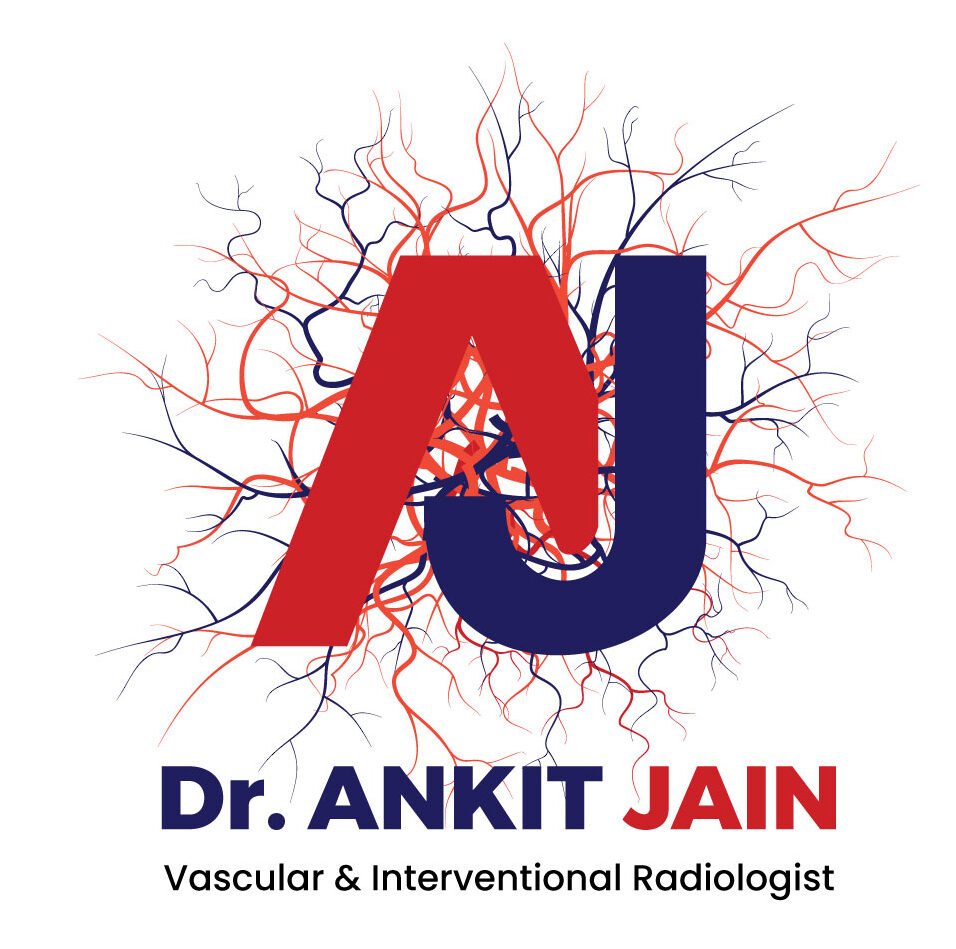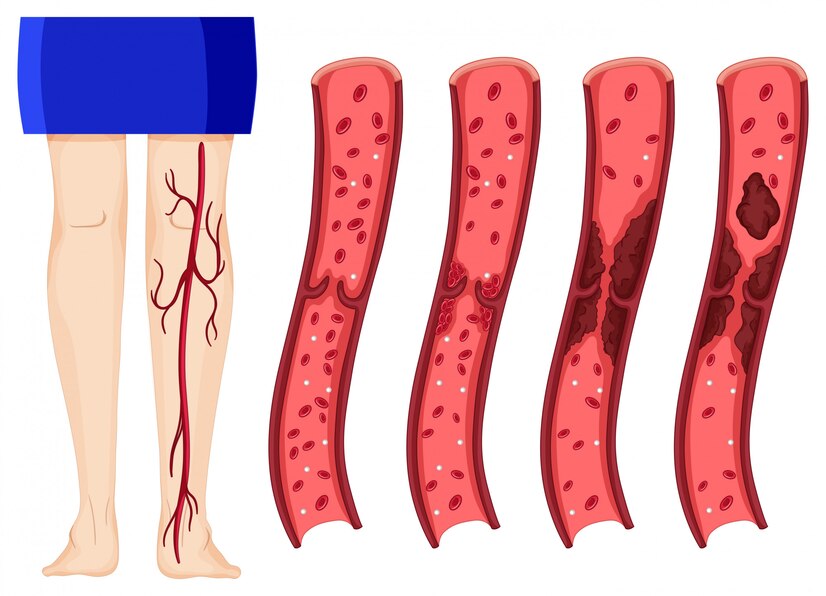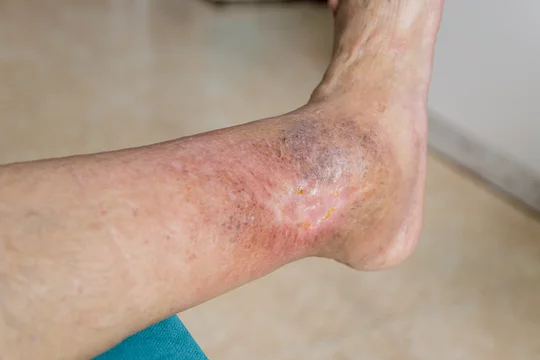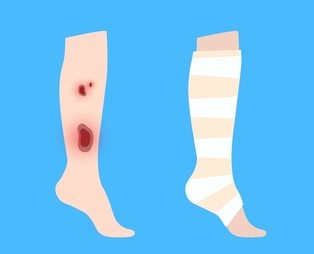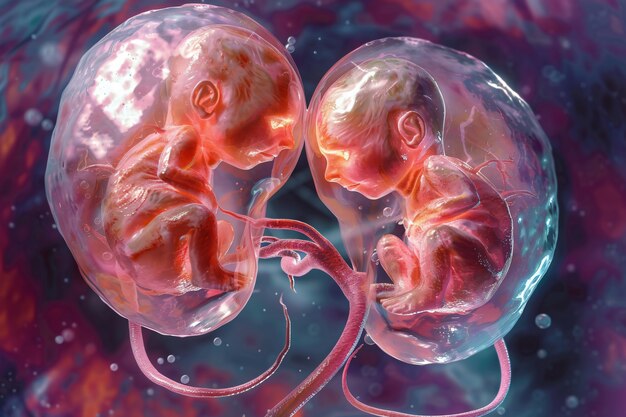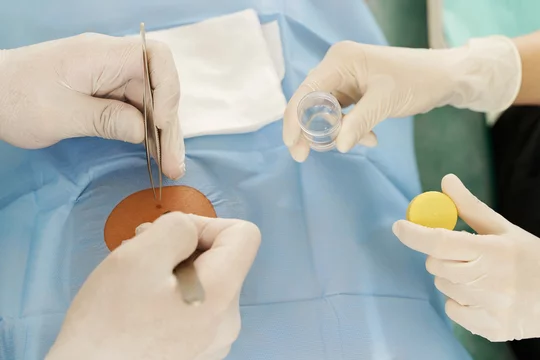Varicose Veins And Compression Therapy: Benefits And Best Practices
Varicose veins are a common condition characterized by enlarged, twisted veins that typically occur in the legs and feet. While varicose veins may not always cause symptoms, they can lead to discomfort, swelling, and cosmetic concerns for some individuals. Compression therapy is a non-invasive treatment option that can help manage the symptoms of varicose veins and improve circulation in the affected area. In this article, we’ll explore the benefits of compression therapy for varicose veins and provide best practices for its use.
Understanding Varicose Veins
Varicose veins occur when the valves in the veins become weak or damaged, causing blood to pool and the veins to enlarge and bulge. Factors such as genetics, age, pregnancy, obesity, and prolonged standing or sitting can increase the risk of developing varicose veins. Common symptoms of varicose veins include:
- Visible, twisted veins
- Swelling in the legs and ankles
- Aching or throbbing pain
- Heaviness or fatigue in the legs
- Itching or burning sensations
Compression Therapy for Varicose Veins
Compression therapy involves wearing compression garments, such as stockings or socks, that apply pressure to the legs to improve circulation and reduce swelling. The benefits of compression therapy for varicose veins include:
- Improved Blood Flow: Compression garments help to squeeze the veins in the legs, which helps to push blood back towards the heart and reduce pooling in the affected veins.
- Reduced Swelling: By applying pressure to the legs, compression therapy can help reduce swelling and discomfort associated with varicose veins.
- Pain Relief: Compression therapy can help alleviate the pain and discomfort caused by varicose veins, making it easier for individuals to engage in daily activities.
- Prevention of Complications: Compression therapy can help prevent complications such as skin ulcers, blood clots, and venous insufficiency associated with untreated varicose veins.
Best Practices for Compression Therapy
When using compression therapy for varicose veins, it’s important to follow these best practices:
- Consult with an Interventional Radiologist: Before starting compression therapy, consult with an Interventional Radiologist in Sector 79 who specializes in treating varicose veins. They are able to evaluate your situation and suggest the best course of action.
- Choose the Right Compression Garment: Compression garments come in different levels of compression, so it’s essential to choose one that provides the right amount of pressure for your needs. Your healthcare provider can help you select the appropriate garment based on your symptoms and medical history.
- Wear Compression Garments Consistently: To experience the full benefits of compression therapy, it’s important to wear compression garments consistently as directed by your healthcare provider. This may involve wearing them during the day or night, depending on your individual needs.
- Properly Fit Compression Garments: Ensure that your compression garments fit properly and are not too tight or too loose. Ill-fitting garments can be uncomfortable and may not provide the desired therapeutic effect.
- Practice Good Skin Care: Keep your skin clean and moisturized when wearing compression garments to prevent irritation and promote skin health. Avoid using lotions or creams that contain alcohol, as they can dry out the skin and cause further irritation.
- Elevate Your Legs: Elevating your legs above heart level when resting can help improve circulation and reduce swelling associated with varicose veins. Try to elevate your legs for short periods throughout the day, especially after prolonged periods of standing or sitting.
- Stay Active: Engage in regular physical activity, such as walking or swimming, to promote circulation and strengthen the muscles in your legs. Avoid activities that involve prolonged sitting or standing, as they can exacerbate symptoms of varicose veins.
Interventional Radiologist in Sector 79
Consulting with an Interventional Radiologist in Sector 79 is essential for individuals seeking treatment for varicose veins. The diagnosis and treatment of vascular disorders, such as varicose veins, using minimally invasive techniques is the area of expertise for interventional radiologists. They can perform procedures such as endovenous laser therapy (EVLT) or sclerotherapy to effectively treat varicose veins and alleviate symptoms.
Best Interventional Radiologist in Noida
For individuals in Noida seeking the best interventional radiologist for varicose vein treatment, it’s important to research and find a qualified and experienced specialist. Look for an interventional radiologist who is board-certified, has a proven track record of success, and offers comprehensive care for varicose veins. By choosing the best interventional radiologist in Noida, you can ensure that you receive the highest quality care and achieve optimal outcomes for your varicose vein treatment.
Conclusion
Compression therapy is a safe and effective treatment option for managing the symptoms of varicose veins and improving circulation in the legs. By consulting with an Interventional Radiologist in Sector 79 and following best practices for compression therapy, individuals with varicose veins can experience relief from pain, swelling, and discomfort associated with this common condition. With the guidance of a qualified healthcare provider and the use of appropriate compression garments, individuals can enjoy improved leg health and quality of life.
For any further queries, Plz visit drankitinterventionalradiologist.com
